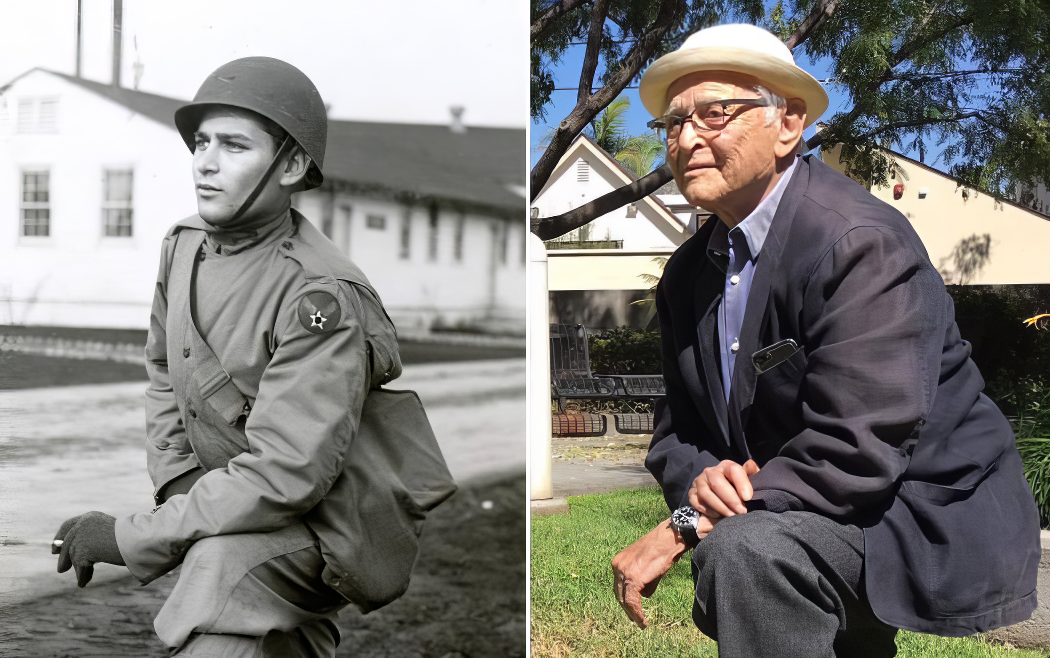After the Civil War, the Indian Wars would last more than three decades, permanently altering the physical and political landscape of America. Peter Cozzens gives us both sides in comprehensive and singularly intimate detail. Overview of The Earth Cries He covers lots of ground, much of it bloody, thus he skips lightly over certain events, but in doing so he doesn’t gloss over anything. Even when he treads familiar ground - Red Cloud’s War, the Battle of the Little Bighorn, the Nez Perce flight and fight, the epic pursuit of Geronimo, Wounded Knee, and so forth - he relates all in surprisingly fresh and insightful fashion. One of his major points is that Western Indians never united to oppose the white "invaders" but continued to make war on one another, as they had done for centuries. Indian tribes such as the Shoshones, Crows, and Pawnees - all of whom had been victimized by stronger tribes - cast their lot with the American soldiers, while Apaches scouted for the Army...











